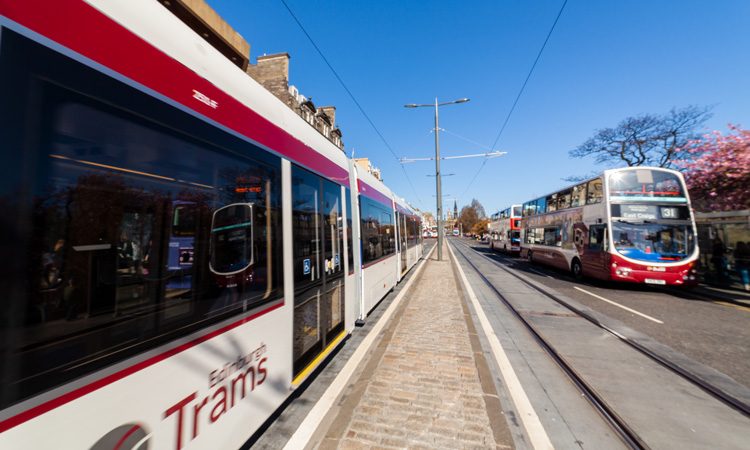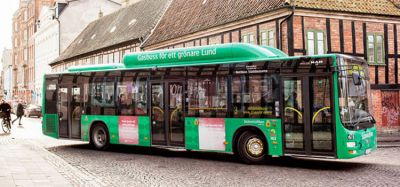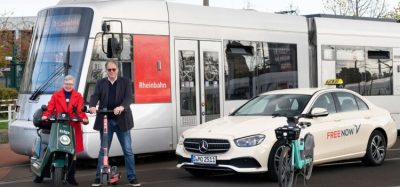Scottish satisfaction with public transport declines
- Like
- Digg
- Del
- Tumblr
- VKontakte
- Buffer
- Love This
- Odnoklassniki
- Meneame
- Blogger
- Amazon
- Yahoo Mail
- Gmail
- AOL
- Newsvine
- HackerNews
- Evernote
- MySpace
- Mail.ru
- Viadeo
- Line
- Comments
- Yummly
- SMS
- Viber
- Telegram
- Subscribe
- Skype
- Facebook Messenger
- Kakao
- LiveJournal
- Yammer
- Edgar
- Fintel
- Mix
- Instapaper
- Copy Link
Posted: 11 September 2019 | Intelligent Transport | No comments yet
A survey of Scotland’s transport and travel habits has found that satisfaction with public transport has dropped by 10 per cent.


Transport Scotland has released the results of the attitudes to transport and travel in Scotland from the Scottish Household Survey 2018. The publication includes a range of statistics about the journeys people make and methods of travel with comparisons from 2012 to 2018.
The survey revealed that the percentage of Scottish adults that were ‘very’ or ‘fairly satisfied’ with their local public transport dropped from 75 per cent in 2014 to 65 per cent in 2018.
Analysis of the trips that people made in 2018 found that over half of journeys in Scotland (53 per cent) were made by driving a car or van. Increasingly, drivers reported driving alone in their vehicles, with the proportion of car trips that were ‘single-occupant’ rising from 56 per cent in 1999 to 66 per cent in 2018.
Walking was the next most popular mode of transport in 2018, accounting for 20 per cent of journeys, which is a decline from 26 per cent in 2012. Cycling accounted for 1.4 per cent of journeys.
The proportion of journeys made by train increased from 1.8 per cent in 2012 to 2.6 per cent in 2018, whilst respondents reported making a similar share of journeys by bus (8.0 per cent) as in 2012 (8.1 per cent).
Scottish householders are increasingly willing to consider buying an electric car. 44 per cent said they would consider buying an electric car or van, an increase from 36 per cent in 2016.
For people who had bought or would consider buying an electric vehicle, the main reasons were their sustainability and affordability. While ‘range anxiety’ was the main thing deterring people from buying electric cars. Of those who said they would not consider buying an electric vehicle, 46 per cent reported that the distance that could be travelled on a single charge was the main concern, with the availability or convenience of charging points also an issue.
Related topics
Alternative Power, Infrastructure & Urban Planning, Passenger Accessibility, Public Transport, Sustainable Urban Transport
Related modes
Electric Transport
Related cities
Scotland
Related organisations
Transport Scotland








